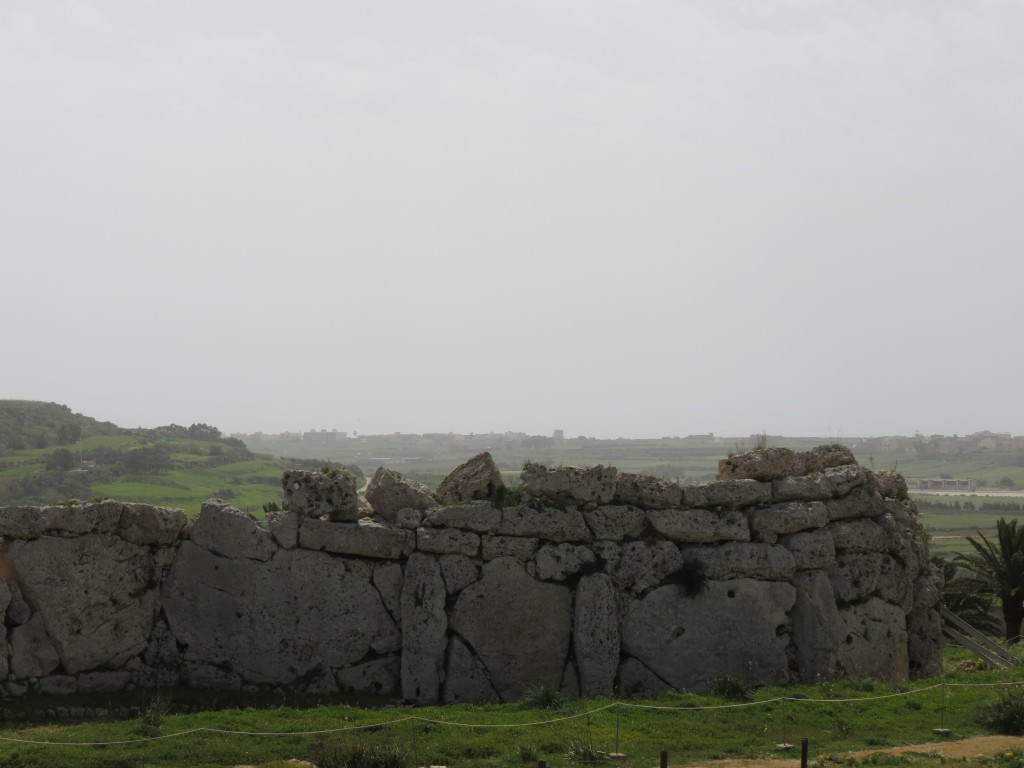Not too long ago, I had the opportunity to travel to Malta to present a paper on healthy housing (definition of healthy housing) at the International Federation for Home Economics (IFHE) conference. It was a great conference, with researchers from around the world sharing their research and insights into issues that impact individuals and families around the world. The conference provided opportunities to network while exploring the fascinating country of Malta. Over the next few weeks I’ll share with you some of the things I saw and learned in Malta.
To start off, do you know where Malta is located? I must confess that even though I travel a lot, I had to open up Google maps to find it. It’s a small country of only 122 square miles (316 km2) that is located in the Mediterranean Sea just south of Sicily. The population is around 450,000, making it the 4th most densely populated country in the world. The country has a long history of occupation by others, including the Phoenicians, Romans, Moors, Normans, Sicilians, Spanish, Knight of St. John, French, and British. Malta gained independence from British rule in 1964 and joined the European Union (EU) in 2004.
When you fly in, it looks like everything is made of stone, which makes sense once you learn that Malta is predominately limestone. Limestone has been used over the centuries to construct many different structures, ranging from the megalithic Ġgantija Temples on Gozo to churches (there are 359 churches on the islands of Malta and Gozo) to a plethora of rubble (or stone) walls.
The stone walls reminded me of the stone walls in Ireland that create a giant green patchwork quilt. In Malta the quilt doesn’t look the same, but it is equally as beautiful! The countryside is dotted with prickly pear cactus that are eaten or turned into bajtra liqueur. You also see quite a few small stone structures in the fields. According to the locals I talked to, these small stone buildings provide farmers shelter from the summer heat.
A very distinct characteristic of Maltese buildings are the balconies. There are several different styles and types, mostly made of limestone or wood. The painted wooden balconies started to appear in Valletta (the capital city of Malta) in the middle of the 18th century. The variety and number of balconies in Malta are memorable.
Check back next week to learn more about some of the locally grown foods in Malta.
If you would like to learn more about Maltese balconies check out this informative blog: https://vassallohistory.wordpress.com/the-maltese-balcony/































Leave a Reply